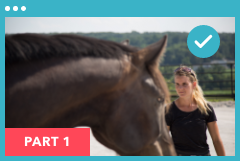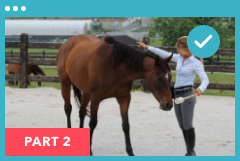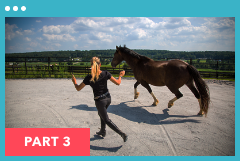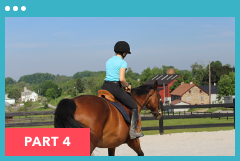Making a Plan
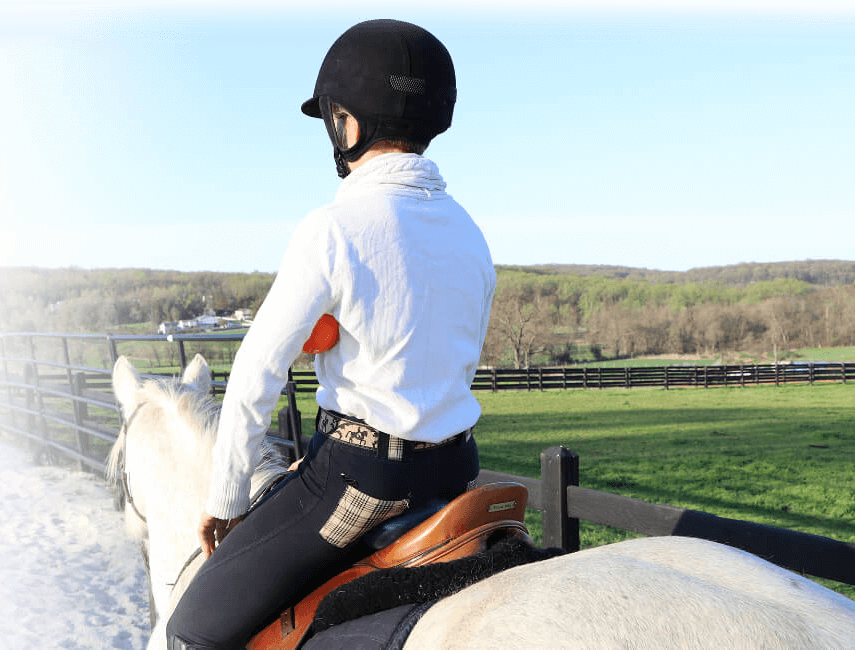
Making a Plan
You’ve taken the first steps to learn about your fear and learn simple strategies to manage it.
Now it’s time to develop a long term plan for how you are going to build both your skills and your confidence!
The plan you create will change as you progress, but simply having a plan in place will make it easier for you to keep moving forward, even through the occasional setback.
After we go through the steps to begin creating your plan, I will tell you more about my Calm & Confident Rider program and how you can get daily guidance in this process!
We are going to begin with a simple writing exercise…
First, Why is Riding Important to You?
Pull out a notebook and pen and spend the next five minutes writing your answer to this question:
- Why do you ride?
- Have you always loved and been drawn to horses?
- Does riding bring back to life special memories from your childhood?
- What do you love most about being with horses?
- Why do you ride?
When working through a challenging situation, it is helpful to stay connected to why this is important to us. I encourage you to come back to the notes you make here when you need extra encouragement to keep moving forward.
Now, let’s begin working on your plan!
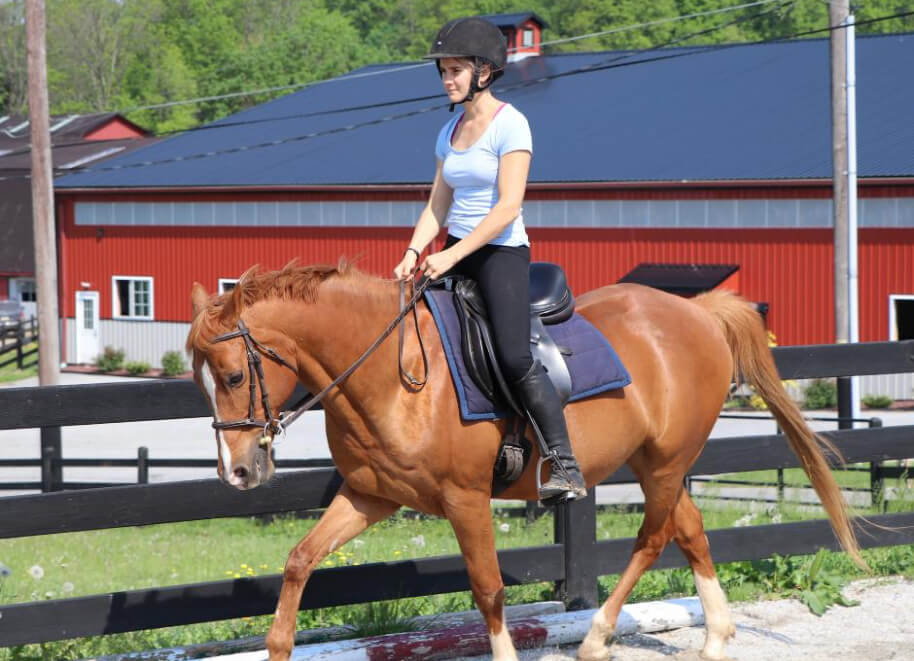
Making Your Plan
1
Identifying Your Comfort Zone
The most simple way to begin creating a plan is to map out what you are comfortable with and what you are not.
Use the worksheet below to help you find out what activities you are comfortable with and what makes you nervous. Once you have this knowledge, you will start working on gradually increasing the activities that make you uncomfortable.
For example, if you are fine with grooming and everything in the barn, but as soon as you walk your horse into the arena you begin to feel anxious, then get your horse ready and walk in and out of the arena until you no longer feel anxious in that activity. Then move to the next step, perhaps standing on the mounting block, or even getting on, but getting off again.
Remember that a sense of connection with your horse will also help you to feel comfortable and safe.
To more closely track your progress, you can also rate each activity on a scale of 1-10 with 1 feeling completely confident and 10 feeling panicky.
2
Practice & Fitness
The next step is to pick a strategy for emotional control and begin using it consistently. This is key – it is one thing to know how to breathe deeply and fully into your abdomen, but if you never practice it outside of when you are in a moment of fear, then the technique will feel strange and you won’t be able to use it effectively.
You can begin by taking 5 minutes a day to practice each of the simple exercises you learned in Part Two of this training.
Riding is a physical activity, it takes body awareness and control to be effective as a rider. Some riding skills may simply be out of your physical ability until your fitness increases. In addition, exercise has been proven to increase both self esteem and self confidence.
If you don’t have an exercise routine that you practice already, it’s ok to start small. Add a 10 minute walk to your day, and check out a local yoga class.
Exercise will help you feel better mentally and physically and you will notice the payoff in your riding skills!
3
Key Skills for Riding Safety
As your skills develop, your confidence will increase. This is true for any level of riding, but is especially crucial in the early learning stages.
If you are unstable and out of balance, this will trigger your body’s alarm system and a very natural fear of falling!
When you become stable in your riding position, you will feel better immediately, and will be more effective in communicating with your horse and affecting their movement, even in emergency situations.
As you practice your skills, your response time will improve, so that you are able to react confidently to your horse’s behavior and prevent situations from escalating.
Here is a list of basic riding skills for confidence:
- Ability to stay stable and upright even if a horse is pulling or rooting in the bridle
- Being able to maintain a solid "stop" position with your body and be as soft or as firm as necessary with rein pressure
- Being able to sit through basic changes of gait and sharp turns without feeling the need to grip constantly with your knees or legs
- Able to handle the reins quickly and automatically, so that you can shorten them efficiently when needed
- Ability to use emergency techniques like the pulley rein
- Confidence handling your horse on the ground through basic maneuvers of walk forward, stop, back up, and turn (increasing your confidence handling your horse can do a lot for how you feel in the saddle)
Time to Get Started!
When creating your plan, try not to put increased pressure on yourself with fast time deadlines. Allow the process to take the time it takes.
Also, be proud of even your smallest new achievements – talking down to yourself will only increase the pressure you feel and may slow your progress.
Next Steps:
Want More Help with Creating Your Plan and Building Your Confidence?
I’d love to have you join me in the full Calm & Confident Rider program!
